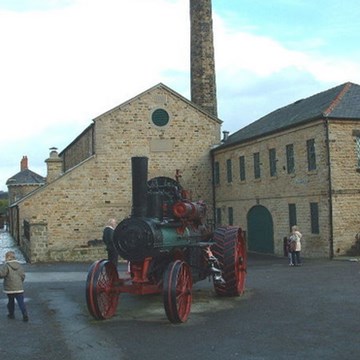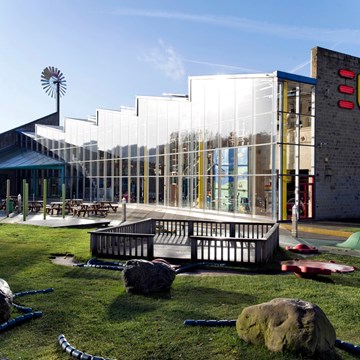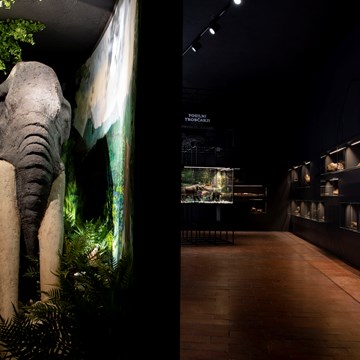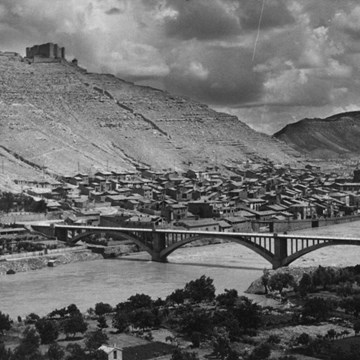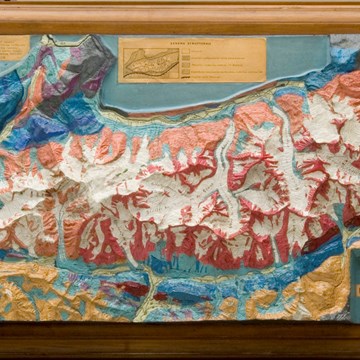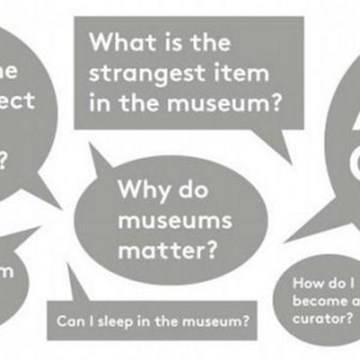Brown Castle
Castello Brown
The name Brown Castle comes from its owner, Montague Yeats Brown, English Consul from 1876 to 1949. Thanks to the studies of Professor Roberto Pane (1897-1987), the Naples School of Architecture, we know that the foundation stones, probably date back to the Roman period. The first accurate historical information tells us that in 1432 the Castle saved Portofino from the attack of Venetian galleys, and it also tells us that from 1425 to 1435 the Castle was dominated by the Viscounts of Milan. According to a document belonging to Genoa's Historical Archives, from the beginning of 1500, the Castle was fortified, together with the neighbouring fortresses (Villa dell'Olivetta and Il Castelletto). One of the most important military engineers of that period, Gian Maria Olgiato, was commissioned by the Senate of the Republic of Genoa to renew the defence system of Portofino's Fortress. It was in 1554. It is also sure that in 1575 Giò Andrea Doria attacked the Fortress with five hundred harquebusiers, who were repelled with cannons.
From 1622 to 1624, while the war between Genoa and the Ducat of Savoy was taking place, the castle was further enlarged. In 1746, Genoa, in alliance with France, expelled an Anglo-Austrian-Sardian garrison from the Castle, and due to the will of Duke Richelieu, a French garrison was established to protect the village and the gulf. In 1798, while the Campaign of Egypt was taking place, Bonaparte rebaptized Portofino as "Port Napoleon", he extended the masonry work and increased the number of soldiers placed on duty, and all the artillery. Anyhow, this was not enough to keep it in the hands of the French, since after the defeat of Napoleon in Abukir, by Horace Nelson, the dominated of the Corsican in the Mediterranean levelled off. After the Congress of Vienna and the return of peace, the Kingdom of Sardinia had no interest anymore in maintaining the fortresses in activity, since they needed a constant and costly upkeep, and they had very low strategic value. Then, in 1867, the English Consul Montague Yeats Brown bought the Fortress for seven thousand lire, and he transformed it, with the expert advice of the architect Alfredo de Andrade and the engineer Pietro Tamburelli. In 1870, the Consul planted two pines in the main terrace, for his wedding: one for him and one for his wife, Agnes Bellingham. Even now they dominate the village with their majesty. The Consul died in 1905, leaving the Castle in heritage to his children, who took care of it until 1949. Then, John and Joceline Baber, English, too, with the passion of archaeology, became its new owners. With the Browns and the Babers both of which responsible and caring custodians, the Fortress was transformed from a military construction into an urban construction, and we have inherited it to enjoy it and to take care of it. The Babers sold the property to Portofino's Local Council in 1965 in order to let everybody enjoy its incomparable beauty.
Text source
Image source
Exhibitions and events
We don't have anything to show you here.
Educational programs
We don't have anything to show you here.
Collections
We don't have anything to show you here.

